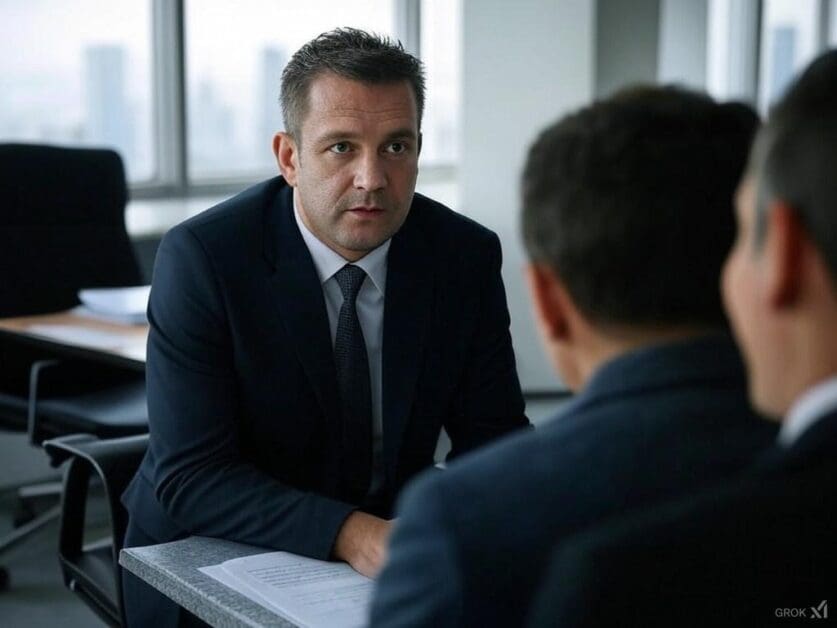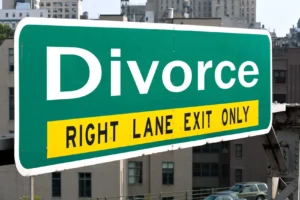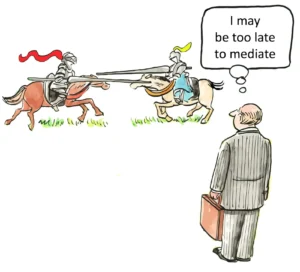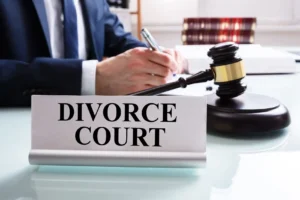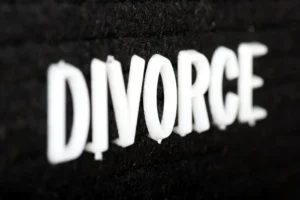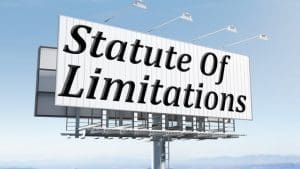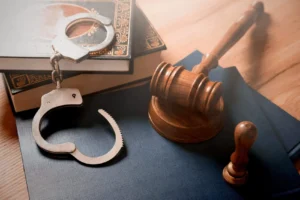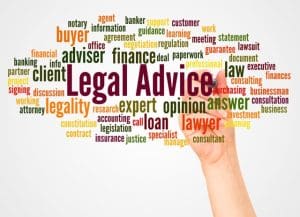Slip-and-Fall Lawyer: Proving Liability in Premises Accidents
When an individual suffers injuries from a slip-and-fall accident on someone else’s property, the services of a skilled slip-and-fall lawyer become essential in proving liability and securing just compensation. These legal professionals specialize in premises liability cases, where property owners or occupiers may be held responsible for maintaining safe conditions for visitors. The process of establishing fault in such incidents involves a complex interplay of legal principles, evidence gathering, and strategic argumentation.
The foundation of slip-and-fall cases rests on the concept of negligence. To successfully prove liability, a slip-and-fall attorney must demonstrate that the property owner or occupier failed to exercise reasonable care in maintaining the premises, leading to hazardous conditions that directly caused the accident. This negligence can manifest in various forms, such as failure to address wet floors, uneven surfaces, poor lighting, or other dangerous conditions that a reasonable person would have identified and rectified.
One of the primary challenges in slip-and-fall cases is establishing that the property owner had actual or constructive knowledge of the hazardous condition. Actual knowledge refers to situations where the owner was directly aware of the danger, while constructive knowledge implies that the owner should have known about the hazard through reasonable inspection and maintenance practices. A proficient slip-and-fall lawyer will employ various strategies to prove this knowledge, including reviewing surveillance footage, examining maintenance logs, and interviewing witnesses.
The duty of care owed by property owners varies depending on the status of the visitor. In legal terms, visitors are typically classified as invitees, licensees, or trespassers. Invitees, such as customers in a store, are owed the highest duty of care, with property owners required to regularly inspect the premises and address any hazards promptly. Licensees, like social guests, are owed a moderate duty of care, while trespassers are generally owed only a minimal duty to refrain from willful or wanton conduct that could cause harm.
In proving liability, slip-and-fall attorneys must also address the issue of comparative negligence. This legal principle acknowledges that the injured party may bear some responsibility for the accident. For instance, if the plaintiff was distracted by their phone or ignored clearly visible warning signs, their potential compensation could be reduced proportionally to their degree of fault. Skilled lawyers will work to minimize the impact of comparative negligence arguments by emphasizing the property owner’s primary responsibility for maintaining safe premises.
The process of gathering evidence in slip-and-fall cases is crucial and often time-sensitive. Immediate documentation of the accident scene, including photographs of the hazardous condition, can be invaluable in establishing liability. Slip-and-fall lawyers often work with accident reconstruction experts to create detailed analyses of how the incident occurred, providing compelling visual evidence for judges and juries.
Medical evidence plays a pivotal role in slip-and-fall cases, not only in establishing the extent of injuries but also in linking those injuries directly to the accident. Attorneys will work closely with medical professionals to obtain comprehensive reports detailing the nature of the injuries, required treatments, and long-term prognosis. This medical documentation is essential in calculating damages and demonstrating the real-world impact of the property owner’s negligence on the victim’s life.
In recent years, the use of technology has become increasingly prevalent in proving liability for slip-and-fall accidents. Surveillance cameras, now ubiquitous in commercial properties, can provide crucial evidence of both the accident itself and the conditions leading up to it. Additionally, data from smartphones and wearable devices can offer insights into the victim’s movements and physical condition before and after the incident, potentially corroborating their account of events.
The role of expert witnesses in slip-and-fall cases cannot be overstated. These professionals can provide authoritative testimony on various aspects of the case, from the physics of the fall to the industry standards for property maintenance. Safety experts can testify about proper maintenance procedures and how the property owner’s practices may have deviated from accepted norms. Biomechanical experts can explain how the fall likely occurred and the resulting forces on the body, helping to establish causation between the hazardous condition and the injuries sustained.
One emerging trend in slip-and-fall litigation is the increased focus on the psychological impact of such accidents. Beyond physical injuries, victims may experience significant emotional distress, anxiety, or even post-traumatic stress disorder (PTSD) following a fall. Slip-and-fall lawyers are increasingly working with mental health professionals to document these psychological effects, arguing for compensation that addresses both the physical and emotional toll of the accident.
The legal landscape surrounding slip-and-fall cases is continually evolving, with new precedents and legislative changes shaping the field. For instance, some jurisdictions have implemented stricter notice requirements for property owners, mandating more frequent inspections and documentation of potential hazards. Slip-and-fall attorneys must stay abreast of these legal developments to effectively advocate for their clients and navigate the changing legal terrain.
In commercial settings, the issue of vicarious liability often comes into play. This legal doctrine holds employers responsible for the negligent actions of their employees performed within the scope of their employment. For example, if a store employee mops a floor without placing proper warning signs, the store itself may be held liable for any resulting slip-and-fall accidents. Skilled attorneys will investigate the chain of responsibility to ensure all potentially liable parties are identified and held accountable.
The concept of attractive nuisance is another important consideration in certain slip-and-fall cases, particularly those involving children. This doctrine holds property owners responsible for injuries caused by hazardous objects or conditions on their property that may be particularly appealing to children, such as unfenced swimming pools or abandoned equipment. Even if the child was trespassing, the property owner may still be held liable if they failed to take reasonable precautions to prevent access to these attractive nuisances.
In slip-and-fall cases involving commercial properties, the issue of lease agreements and contractual obligations often comes into play. Determining liability can be complex when multiple parties are involved, such as property owners, tenants, and management companies. Slip-and-fall lawyers must carefully review lease agreements and contracts to identify which party was responsible for maintaining the area where the accident occurred. This analysis can involve intricate legal interpretations and may require testimony from real estate experts to clarify industry standards and practices.
The concept of constructive notice is particularly crucial in slip-and-fall cases where the property owner claims ignorance of the hazardous condition. To prove constructive notice, attorneys may need to demonstrate that the dangerous condition existed for a sufficient length of time that a reasonable property owner should have discovered and addressed it. This often involves a detailed examination of cleaning and maintenance schedules, employee training protocols, and industry standards for property inspection.
In cases involving government properties, slip-and-fall lawyers face additional challenges due to the principle of sovereign immunity. This legal doctrine can limit or prevent lawsuits against government entities. However, many jurisdictions have enacted tort claims acts that waive sovereign immunity under certain circumstances. Navigating these laws requires specialized knowledge and often involves strict notice requirements and shorter statutes of limitations.
The rise of e-commerce and online retail has introduced new complexities in slip-and-fall cases. With the increasing prevalence of package deliveries, accidents occurring during deliveries or on properties rented through short-term rental platforms raise questions about liability. Slip-and-fall lawyers must consider the responsibilities of various parties, including property owners, delivery companies, and online platforms, in these evolving scenarios.
Environmental factors play a significant role in many slip-and-fall accidents, particularly those occurring outdoors. Weather-related hazards such as ice, snow, or rain can create dangerous conditions, but the property owner’s responsibility in addressing these natural occurrences can vary. Slip-and-fall attorneys must consider local ordinances and customs regarding snow and ice removal, as well as the reasonableness of the property owner’s efforts to mitigate weather-related risks.
The concept of open and obvious hazards is a common defense in slip-and-fall cases. Property owners may argue that the dangerous condition was so apparent that a reasonable person would have noticed and avoided it. However, skilled slip-and-fall lawyers can counter this defense by demonstrating that the hazard was not as obvious as claimed, or that the property owner should have anticipated that visitors would encounter the hazard despite its apparent nature.
In cases involving elderly or disabled individuals, slip-and-fall lawyers must consider additional factors. These vulnerable populations may be at higher risk for falls and may suffer more severe injuries when accidents occur. Attorneys may argue for a higher standard of care for properties that cater to or are likely to be frequented by these populations, such as nursing homes or medical facilities.
The use of waivers and liability releases is becoming increasingly common in various settings, from gyms to recreational facilities. Slip-and-fall lawyers must carefully examine these agreements to determine their enforceability and scope. In many jurisdictions, such waivers cannot absolve a property owner of liability for gross negligence or willful misconduct, providing potential avenues for legal action even in the presence of a signed waiver.
The concept of res ipsa loquitur, meaning “the thing speaks for itself,” can be a powerful tool in certain slip-and-fall cases. This legal doctrine allows the plaintiff to use circumstantial evidence to infer negligence when the precise cause of an accident is unknown. For example, if a person is injured by a falling object in a store, the very fact that the object fell may be used to infer negligence on the part of the store owner, even if the exact reason for the fall cannot be determined.
In slip-and-fall cases involving multiple defendants, the issue of joint and several liability becomes crucial. This legal principle determines how responsibility and damages are apportioned among multiple negligent parties. Some jurisdictions apply pure joint and several liability, where each defendant can be held responsible for the entire judgment, regardless of their degree of fault. Others use modified systems that limit liability based on the percentage of fault assigned to each party. Slip-and-fall lawyers must navigate these complex rules to ensure their clients receive full compensation.
The rise of smart building technology and Internet of Things (IoT) devices has introduced new considerations in premises liability cases. These technologies can provide valuable data on building conditions, maintenance schedules, and even foot traffic patterns. Slip-and-fall lawyers may need to subpoena this data and work with technology experts to interpret it, potentially uncovering evidence of negligence or demonstrating the property owner’s awareness of hazardous conditions.
In cases involving slip-resistant flooring, attorneys may need to delve into technical specifications and industry standards. Many commercial properties use specialized flooring designed to reduce the risk of slips and falls. However, improper installation, inadequate maintenance, or the use of inappropriate cleaning products can compromise the effectiveness of these surfaces. Slip-and-fall lawyers may work with flooring experts to assess whether the property owner adhered to manufacturer recommendations and industry best practices.
The concept of spoliation of evidence is particularly relevant in slip-and-fall cases. This occurs when evidence relevant to the case is destroyed, either intentionally or through negligence. For example, if surveillance footage of the accident is erased or if the hazardous condition is quickly repaired without proper documentation, it can significantly impact the case. Slip-and-fall attorneys must act quickly to preserve evidence and may seek sanctions against defendants who fail to maintain crucial evidence.
The Americans with Disabilities Act (ADA) and similar state laws can play a significant role in certain slip-and-fall cases. These laws mandate specific accessibility requirements for public accommodations and commercial facilities. Violations of these requirements, such as improper ramp slopes or inadequate handrails, can strengthen a plaintiff’s case by demonstrating the property owner’s failure to comply with established safety standards.
In conclusion, proving liability in slip-and-fall cases requires a comprehensive understanding of premises liability law, meticulous evidence gathering, and strategic legal argumentation. Slip-and-fall lawyers must navigate a complex landscape of legal principles, evolving technologies, and changing societal norms to effectively advocate for their clients. As the field continues to evolve, these legal professionals play a crucial role in ensuring that property owners are held accountable for maintaining safe premises and that injury victims receive the compensation they deserve.
Website citations:
- https://www.clio.com/resources/personal-injury-for-lawyers/slip-and-fall/
- https://www.findlaw.com/injury/torts-and-personal-injuries/slip-and-fall-accidents-overview.html
- https://www.nycbar.org/get-legal-help/article/personal-injury-and-accidents/premises-liability/
- https://arashlaw.com/8-common-causes-of-slip-fall-accidents-including-15-example-scenarios-and-californias-10-most-prevalent-statistics/
- https://nfsi.org/nfsi-research/quick-facts/
- https://www.rothlawyer.com/blog/2024/april/top-causes-of-slip-fall-accidents/
- https://www.fortheinjured.com/blog/trends-in-slip-and-fall-litigation/
- https://www.callbp.com/call-alerts/2023/04/new-law-limits-premises-liability-related-to-criminal-activity/
- https://mswlawgroup.com/premises-liability-legal-aspects-slip-fall-accidents/
- https://www.nolo.com/legal-encyclopedia/slip-fall-accidents-proving-fault-29845.html
